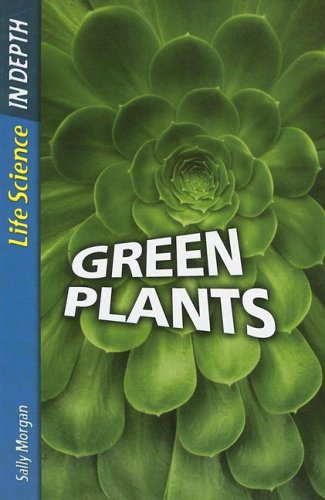-
Cells and Cell Function
Sally Morgan
Library Binding (Heinemann, Jan. 24, 2006)This title looks at all aspects of plant and animal cells. Students learn about the different types of cells, what is inside them, how they make up tissues, and how they reproduce. In addition, the book examines cloning and gene technology, bacteria and viruses, and how we can protect ourselves against disease.
-
Living or Nonliving?
Abbie Dunne
Paperback (Capstone Press, Aug. 1, 2016)Simple text and bright photographs explain the concept of living and nonliving things for beginning readers. The book concludes with a simple, kid-friendly activity. M
M
-
Nocturnal Animals
Abbie Dunne
Paperback (Capstone Press, Aug. 1, 2016)Simple text and bright photographs explain the concept of nocturnal animals for beginning readers. The book concludes with a simple, kid-friendly activity. M
M
-
Cells and Cell Function
Sally Morgan
Paperback (Heinemann, Jan. 25, 2006)This title looks at all aspects of plant and animal cells. Students learn about the different types of cells, what is inside them, how they make up tissues, and how they reproduce. In addition, the book examines cloning and gene technology, bacteria and viruses, and how we can protect ourselves against disease.
-
Feeding Relationships
Ann Fullick
Library Binding (Heinemann, Jan. 24, 2006)This title explores the complex connections in food chains and webs. Starting with producers and how photosynthesis captures energy from sunlight, the book works its way up through the chain, looking at consumers, predators, and decomposers. It also examines populations and communities, as well as what can go wrong if the food chain is broken.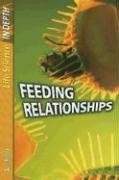
-
Feeding Relationships: 1
Ann Fullick
Paperback (Heinemann, Jan. 25, 2006)New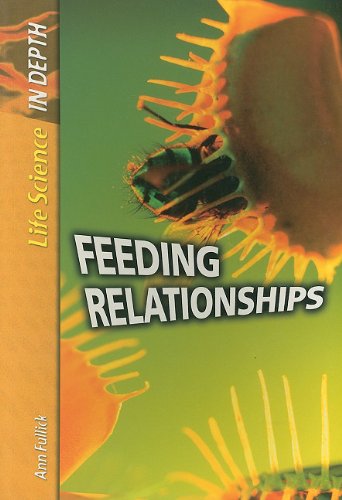
-
Body Systems and Health
Ann Fullick
Paperback (Heinemann, Jan. 25, 2006)This title examines all of the biological systems that keep us alive. Starting with food and nutrition, the book covers digestion, the skeleton, respiration, the circulatory system, reproduction, and health and disease.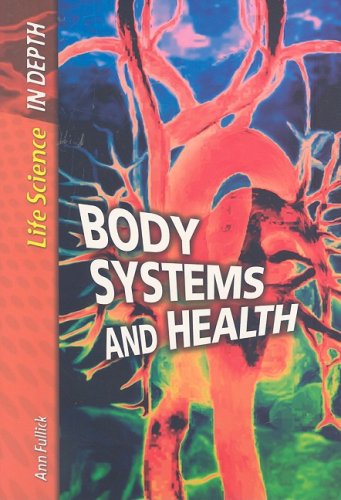
-
Glencoe Life iScience, Grade 7, Science Notebook
McGraw-Hill
Paperback (McGraw-Hill Education, Aug. 30, 2010)Based on the Cornell note-taking format, this resource incorporates writing into the learning process. Directly linked to the student text, this notebook provides a systematic approach to learning science by encouraging students to engage by summarizing and synthesizing abstract concepts in their own words E
E
-
Food Chains and Webs
Abbie Dunne
Paperback (Capstone Press, Aug. 1, 2016)Simple text and bright photographs explain the concept of food chains and webs for beginning readers. The book concludes with a simple, kid-friendly activity.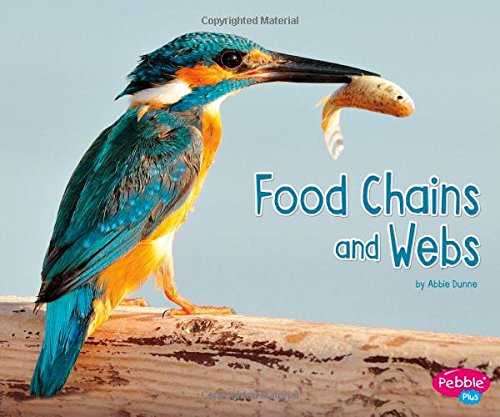 M
M
-
Adaptation And Competition
Ann Fullick
Paperback (Heinemann, Jan. 25, 2006)This title provides an in-depth look at how organisms have become uniquely suited to their environment, from feeding methods, migration, hunting, and adaptations to the climate, to the role competition plays in changing communities. In addition, the book examines ways to protect the environment, recent breakthroughs in genetic engineering, and the future of biotechnology.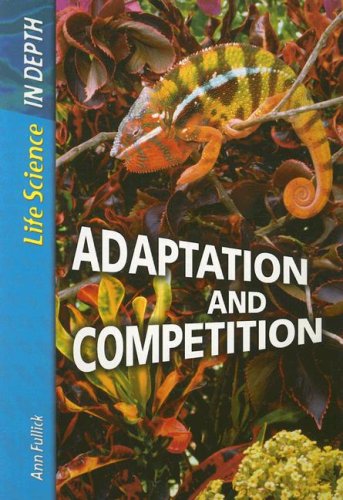
-
Variation and Classification
Ann Fullick
Paperback (Heinemann, Jan. 25, 2006)This title looks at the bewildering variety of life and how it is classified into groups. Students learn about all aspects of life, from plants, animals, and bacteria, to variety in the genes themselves. In addition, the book takes a close look at biodiversity and its importance to life on Earth today.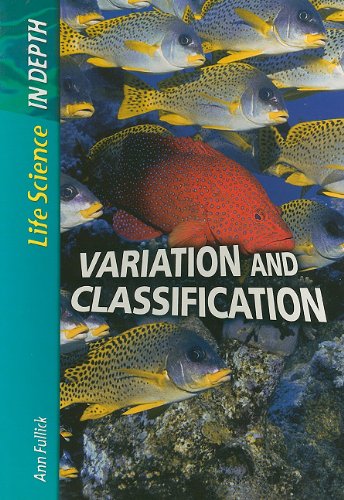
-
Green Plants
Sally Morgan
Library Binding (Heinemann, Jan. 24, 2006)This title provides and in-depth look at all aspects of plant biology, from the structure of leaves, stems and roots, to the processes of photosynthesis, pollination, and transpiration. In addition, the book examines the current debate over genetically modified crops.